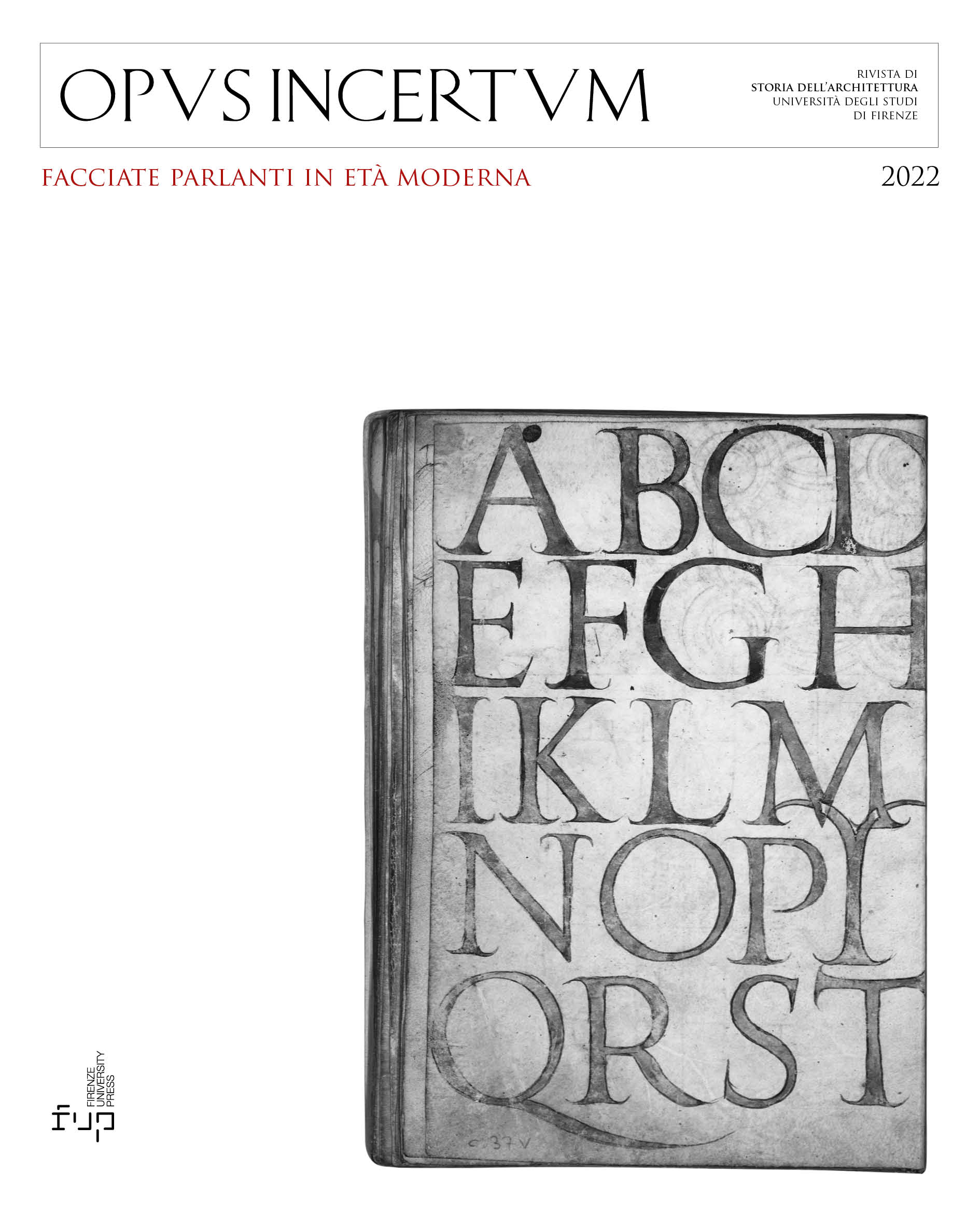“Faux conseils et mauvaises testes m’ont fait bastir ces fenestres”: les façades parlantes de la Renaissance à Toulouse
Published 2022-11-26
Keywords
- Architecture,
- Epigraphy,
- Renaissance,
- 16th century,
- France
- Toulouse ...More
How to Cite
Abstract
Among the artistic centres of the kingdom of France during the Renaissance, Toulouse, the capital of the province of Languedoc, was very attractive and internationally renowned, thanks to its geographical position, its political institutions (its parliament) and its economic dynamism. The rise to power of ambitious Nobles of the Robe and members of the bourgeoisie took place alongside a very active humanist milieu, stimulated by a university where Roman law was taught.
Although the city was set apart from its provincial rivals by its archaeological poverty, the strive towards classicism was strong and early. From the end of the fifteenth century, epigraphy, along with numismatics and architectural observation, was used to retrace and celebrate a glorified ancient past. At the same time, a large number of privately owned buildings testified to the city’s strong interest in epigraphy within an artistic context, marked by the introduction of the ‘à l’antique’ repertoire and by strong social competition. From the noble motto to the humanist emblem, this article proposes to analyse several uses of ‘speaking’ architecture in order to highlight the different logics of distinction and demonstration that marked architectural commissions during the Renaissance.



